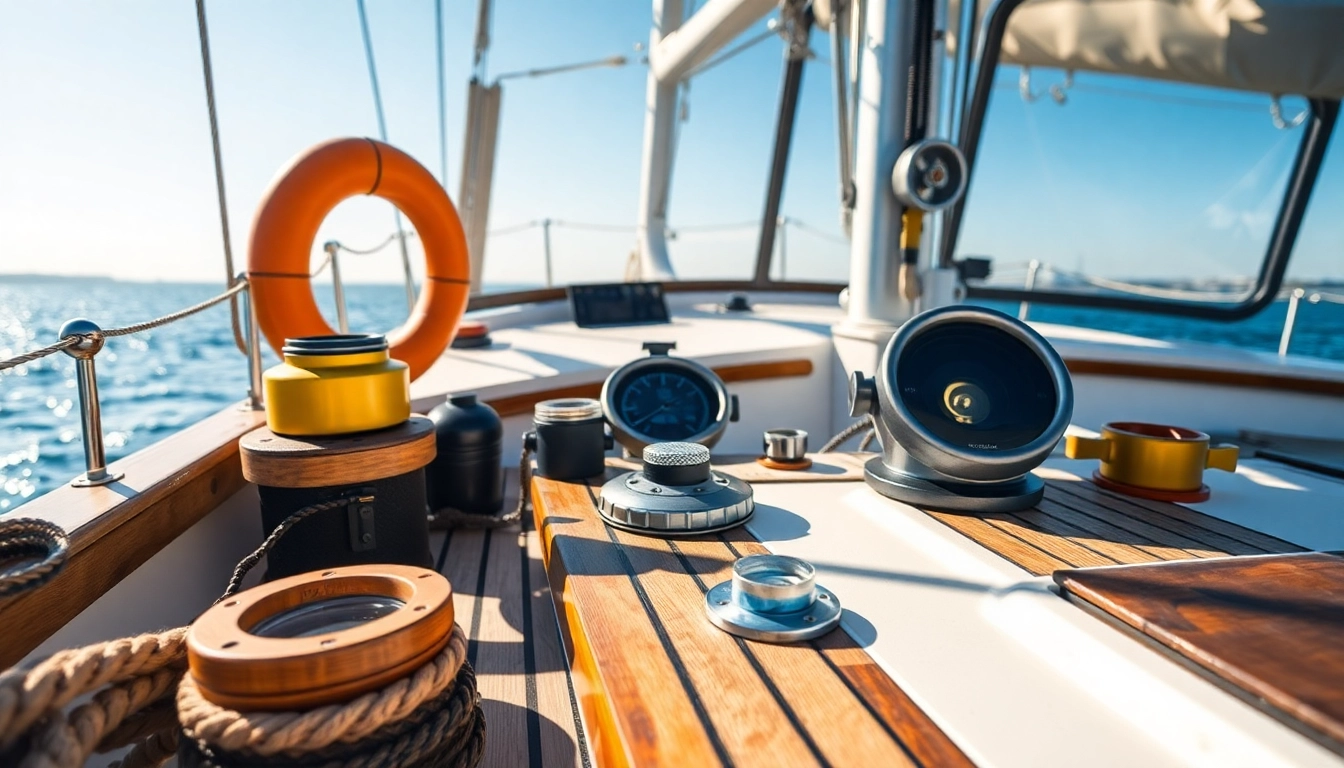Mastering Boots Seafarer Navigation: A Comprehensive Guide to Precise Marine Navigation
Navigation at sea has always been a cornerstone of safe and effective maritime travel. Whether sailing through calm waters or navigating treacherous currents, the ability to accurately determine your position and course is vital. For boat owners, sailors, and maritime enthusiasts, understanding and mastering Boots Versegelung—the art of marine navigation—is essential for both safety and success. This guide dives deep into the principles, methods, and modern tools involved in terrestrial navigation, equipping you with the knowledge and practical insights needed to excel on the water.
Introduction to Boots Versegelung and Its Significance
What is Boots Versegelung and Why Is It Critical?
Boots Versegelung, or the seafaring navigation process, refers to the techniques used to determine a boat’s position and course on navigable waters. It combines traditional methods such as visual peilung (bearing measurement) with modern technological innovations. Effective navigation ensures that vessels reach their destinations safely, avoid hazards, and optimize routes for efficiency. Proper seafarer navigation reduces the risk of accidents and enhances confidence during voyages, especially in conditions where electronic systems might fail or be unavailable.
Key Components of Reliable Boots Versegelung
- Accurate chart plotting
- Precise bearing measurements
- Knowledge of local landmarks and environmental cues
- Proficiency in using navigational instruments
- Understanding of environmental factors such as tides and currents
With these elements, sailors can effectively establish their position, plotting courses with confidence even in challenging conditions.
Steps for Effective Boots Versegelung in Practice
Selecting Appropriate Peilmittel and Instruments
The foundation of accurate terrestrial navigation lies in choosing reliable peilmittel (bearing tools). Historically, mariners relied on compasses and visual sightings of known landmarks. Today, essential equipment includes handheld compasses, marine binoculars, GPS devices, and specialized peilung tools like handheld bearings for fixed landmarks. For example, a well-calibrated magnetic compass remains indispensable, but it must be regularly checked and corrected for deviations caused by onboard magnetic interference.
Methods for Determining Standlinie
Establishing a standlinie (position line) involves measuring the angle to a known object or landmark from your current position. Once the bearing is obtained, it can be projected onto a chart from the landmark, creating a line along which your position lies. Conducting multiple bearings to different known points—triangulation—significantly improves accuracy. For instance, by taking bearings to a lighthouse and a prominent mountain feature, and plotting both lines on the chart, the intersection point pinpoints your exact location.
Common Errors and How to Avoid Them
- Magnetic interference: Near magnetic objects or electrical equipment, readings can be skewed. Always check for local magnetic deviations and correct your compass accordingly.
- Incorrect bearing measurements: Using unstable platforms or poor sighting techniques leads to errors. Stabilize your line of sight and confirm bearings multiple times.
- Environmental factors: Currents, tides, and weather conditions can influence perceived positions. Incorporate environmental data into your calculations.
Addressing these issues through regular calibration, practice, and environmental awareness ensures the highest navigation accuracy.
Leveraging Modern Tools and Technology for Boots Versegelung
Digital Peilgeräte and Navigation Software
Contemporary maritime navigation benefits enormously from digital devices. Electronic bearing compasses, GPS, and specialized maritime navigation software provide real-time positional data, significantly reducing human error. Modern tools can overlay bearings on electronic charts, making it easier to visualize your position quickly. For example, integrated navigation systems can combine GPS data with electronic charts, displaying your route and highlighting potential hazards.
Integrating GPS and Traditional Methods
While GPS has revolutionized marine navigation, it should serve as a complement rather than a replacement for traditional techniques. Maintaining competence in manual methods ensures continued safety in case of electronic failure. Practicing land-based navigation, using visual bearings, and understanding celestial navigation deepen overall competence. A combined approach allows mariners to cross-verify positioning, increasing reliability.
Maintaining and Calibrating Instruments
Regular maintenance of navigational tools ensures their accuracy. Calibrating compasses for local magnetic deviations and updating GPS software are routine procedures. Proper storage, shielding from magnetic interference, and keeping backup instruments—such as a terrestrial compass—are best practices to prevent unexpected failures during critical moments.
Practical Tips for Safe and Accurate Navigation
Preparing for Diverse Weather Conditions
Adverse weather like fog, rain, or storms diminishes visibility and complicates navigation. In such cases, relying on electronic systems coupled with backup manual methods is crucial. Equipping your vessel with radar, AIS, and sound signals can compensate for reduced visibility. Additionally, pre-voyage weather planning and route adjustments enhance safety.
Strategies for Addressing Navigation Errors
When discrepancies or uncertainties occur, stop and reassess. Use multiple bearings, cross-reference environmental data, and consider alternative fixed points. It’s better to proceed cautiously than to rely on uncertain data. Keep detailed logs of your bearings, times, and environmental conditions for later analysis.
Steps During Emergency Situations
In emergencies, immediate action is paramount. Turn on all available electronic aids, inform other vessels or coast guard if necessary, and utilize sound signals. If electronic systems fail, revert to visual bearings, use sextants if available, and rely on celestial navigation under suitable conditions. Staying calm and systematically applying your navigation skills can prevent disastrous consequences.
Performance Evaluation and Continual Improvement
Assessing Accuracy and Reliability
Regularly review your navigation logs and compare estimated positions with known data or AIS information. Conduct post-voyage analyses to identify sources of error and develop corrections. Tracking accuracy over time helps refine your techniques and instrument calibration schedules.
Gathering Feedback and Implementing Improvements
Feedback from crew members and self-reflection can highlight areas for improvement. Invest in ongoing training, participate in navigation workshops, and stay updated on technological advances. Implementing incremental improvements enhances both safety and confidence.
Continuous Education in Terrestrial Navigation
Navigation is an evolving field. Enrolling in courses, reading recent literature, and practicing navigation skills regularly ensure competence. Familiarity with both traditional principles and modern innovations creates a versatile skill set for all sailing conditions.


